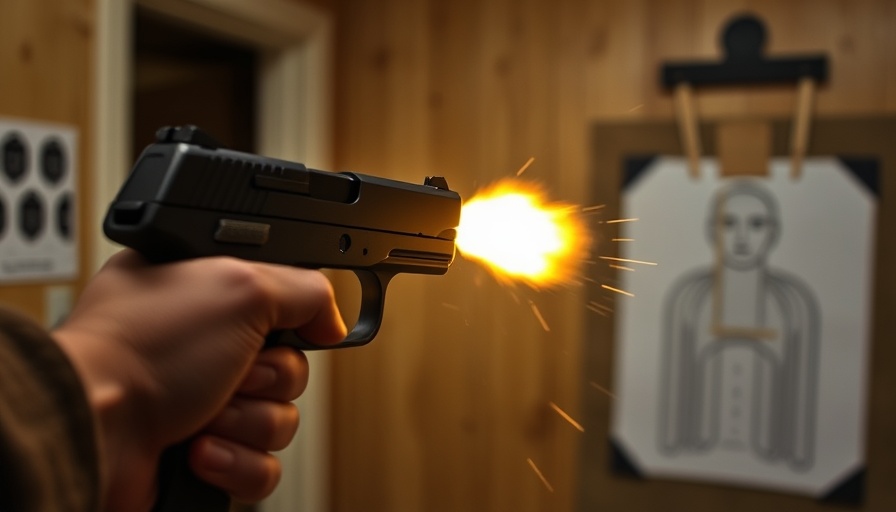
Understanding Pocket Carry in a Changing Society
The conversation around personal safety and preparedness is growing, particularly within police departments and communities grappling with changes in policing strategies. A practical method worth considering is pocket carry for self-defense, a philosophy that mirrors the exercise science idea of the 'minimum effective dose'—using the least amount needed to effectively address personal security needs.
In today’s bustling world, integrating safety seamlessly into daily life often feels challenging. Carrying a full-sized firearm may provide peace of mind theoretically, but the realities of everyday scenarios can render such options impractical. Whether playing with children at a park or jogging in the neighborhood, the utilization of pocket carry offers a balanced solution, merging practicality with preparedness without attracting undue attention.
Real-Life Applications of Pocket Carry
Utilizing pocket carry allows individuals to participate in daily activities freely. This method's discreet nature is particularly advantageous for parents or professionals engaged in community outreach or public safety roles. When considering how one might react in a crisis, the ease of access to a holstered firearm integrated into casual attire cannot be overstated. This not only enhances personal safety but also encourages public trust as individuals feel secure in their environments.
Research indicates that communities thrive when individuals feel secure—an ethos that police departments and administrators can appreciate. Encouraging the use of pocket carry for self-defense, particularly in urban settings, may enhance citizen engagement and bolster community trust. It’s integral for stakeholders in public safety to communicate the value of such defensive strategies effectively.
Selecting the Right Holster: A Key Factor
As detailed in advocacy for pocket carry, selecting the right holster is paramount for safety and effectiveness. A Kydex holster is often recommended due to its firm structure, ensuring the firearm remains secure while preventing accidental discharges. The use of high-quality holsters aligns with departments' ongoing commitment to officer wellness and safety enhancements. A poor holster could compromise safety and undermine efforts to build trust within the community through innovative policing approaches.
Dress for Success: Clothing Considerations
Choosing appropriate clothing to accommodate pocket carry is critical. A well-fitted holster paired with suitable garments ensures that individuals can access their firearms quickly and discreetly while maintaining mobility. These considerations are essential in training protocols that public safety professionals should adopt to streamline officer training and foster community engagement.
The Role of Training in Enhancing Pocket Carry
Advocating for pocket carry necessitates robust training programs designed to support this method. Officers and civilian advocates alike should undergo instruction focused on the tactical implications of pocket carry. By embracing this instructional approach, agencies can break down silos and foster a culture of safety that adapts to contemporary demands while preserving community trust.
Furthermore, as organizations explore innovative approaches to crime prevention, incorporating pocket carry could serve as a template for broader policy reform efforts emphasizing community engagement and public safety technology. Integrating modern tools and practices will help create a proactive stance rather than a reactive culture, crucial in today’s policing landscape.
Conclusion: Preparing for a Safer Tomorrow
The discussion surrounding pocket carry is more than a focus on individual safety; it's about fostering a culture of trust and enhancing inter-community relations. Law enforcement agencies are encouraged to consider these aspects in their training and recruitment strategies. By focusing on practical, effective self-defense measures and combining them with comprehensive training and community involvement, the path towards a safer society becomes a collaborative effort. Explore how your department can integrate these insights into ongoing training programs aimed at nurturing officer wellness and public safety through effective strategies. Let's build a trusting, safe community together.
 Add Row
Add Row  Add
Add 

 Add Element
Add Element 


Write A Comment